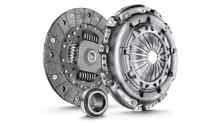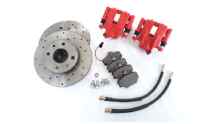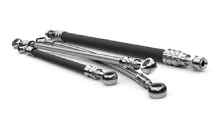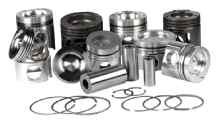Ever press down on that trusty brake pedal and feel the reassuring deceleration? It’s a simple action, almost subconscious, but behind it lies a hidden world of complex engineering and hardworking parts. Today, let’s peel back the hood and delve into the anatomy of your car’s braking system, unveiling the unsung heroes behind every safe stop. Imagine a miniature hydraulic pump – that’s essentially the master cylinder. When you press the pedal, this powerhouse converts your foot pressure into fluid force, sending a pressurized wave rushing through the system. It’s the conductor, orchestrating the entire braking performance.
Think of these pressurized waves as flowing through the veins of the system. Brake lines, rigid metal tubes, and flexible hoses work together to carry the fluid from the conductor to each wheel. They ensure the hydraulic symphony flows seamlessly where it’s needed most. Picture a powerful clamp squeezing a disc – that’s what a brake caliper does. These robust assemblies house pistons that, upon receiving the hydraulic squeeze, press brake pads tightly against the rotating disc on each wheel. This friction is the true hero, the magic trick that converts kinetic energy into heat, slowing down your car with every press of the pedal.
But the heroes don’t work alone. They have dedicated partners called brake pads and discs. The pads, made of a special friction material, are the tireless performers rubbing against the discs (also known as rotors) to create that heat. These hardworking components wear down over time, needing regular replacements to keep the braking symphony in tune. Now, imagine preventing your wheels from locking up like terrified deer during emergency braking – that’s the magic of the anti-lock braking system (ABS). Using sensors and hydraulic control, ABS acts like a safety net, preventing skidding and maintaining steering control, even in those heart-stopping moments.
Don’t forget the vital supporting crew! Brake fluid, a special hydraulic fluid, is the lifeblood of the system, transmitting pressure efficiently. Regular top-ups and changes are crucial, like giving your car a healthy dose of courage before each journey. And just like trusty sidekicks, wear indicators on your brake pads whisper when it’s time for replacements, ensuring your safety isn’t compromised by worn-out friction partners.
By understanding these key components, you gain a deeper appreciation for the complex dance that keeps you safe on the road. This knowledge empowers you to:
- Identify potential issues: Unusual noises, vibrations, or decreased braking performance could indicate problems with specific components.
- Make informed maintenance decisions: Knowing how the system works helps you understand the importance of regular brake fluid changes, pad replacements, and system inspections.
- Drive with confidence: Knowing what keeps your car stopping safely fosters a sense of trust and control behind the wheel.
So, the next time you press your brake pedal, remember the silent symphony of pistons, discs, and fluid working tirelessly to bring your car to a smooth stop. Take care of these unsung heroes – regular maintenance and attentive driving ensure they perform their vital role flawlessly, making every journey safer and more enjoyable.
Drive safe, drive informed, and remember – the power to stop is right at your feet!
 NZD
NZD





.jpg)
.jpg)
.jpg)
.jpg)

.jpg)
.jpg)

